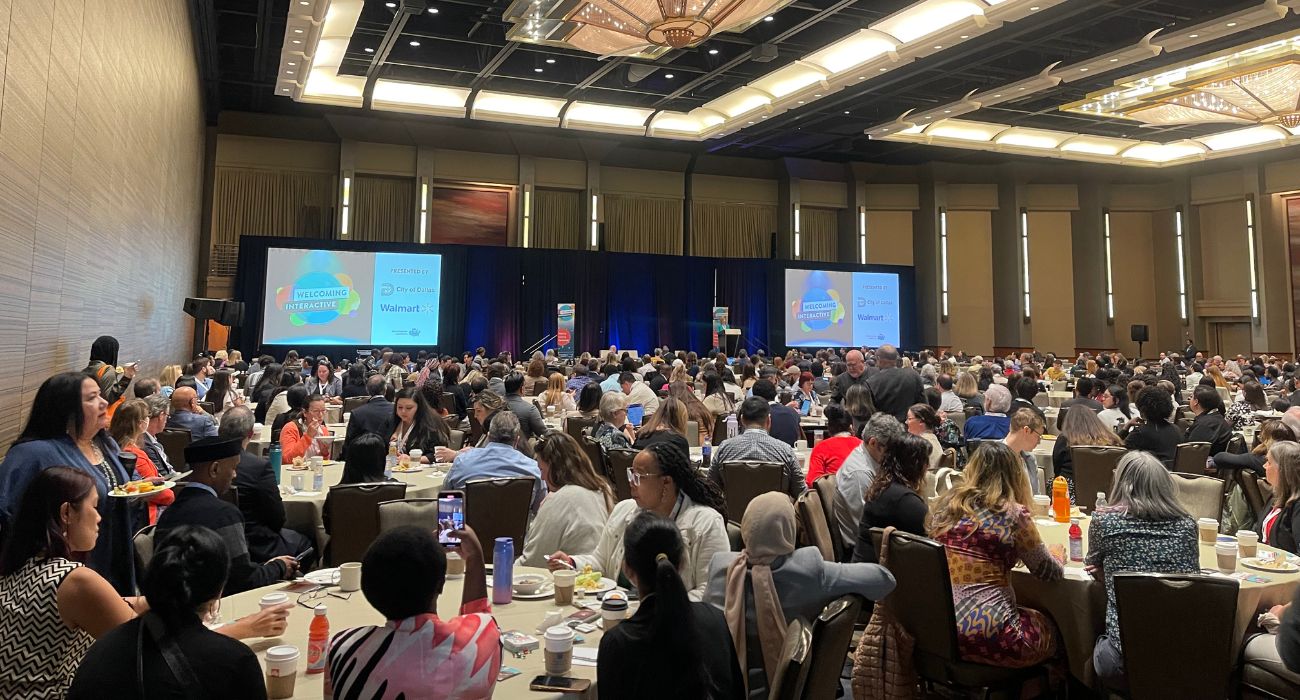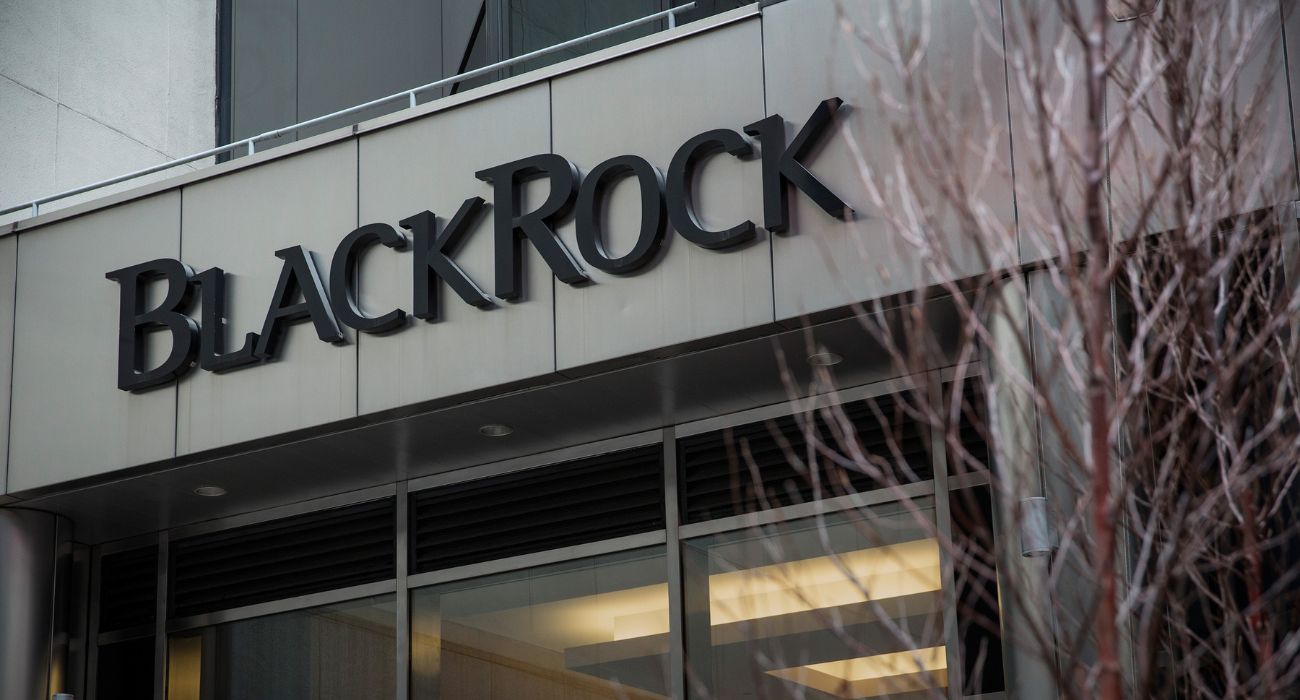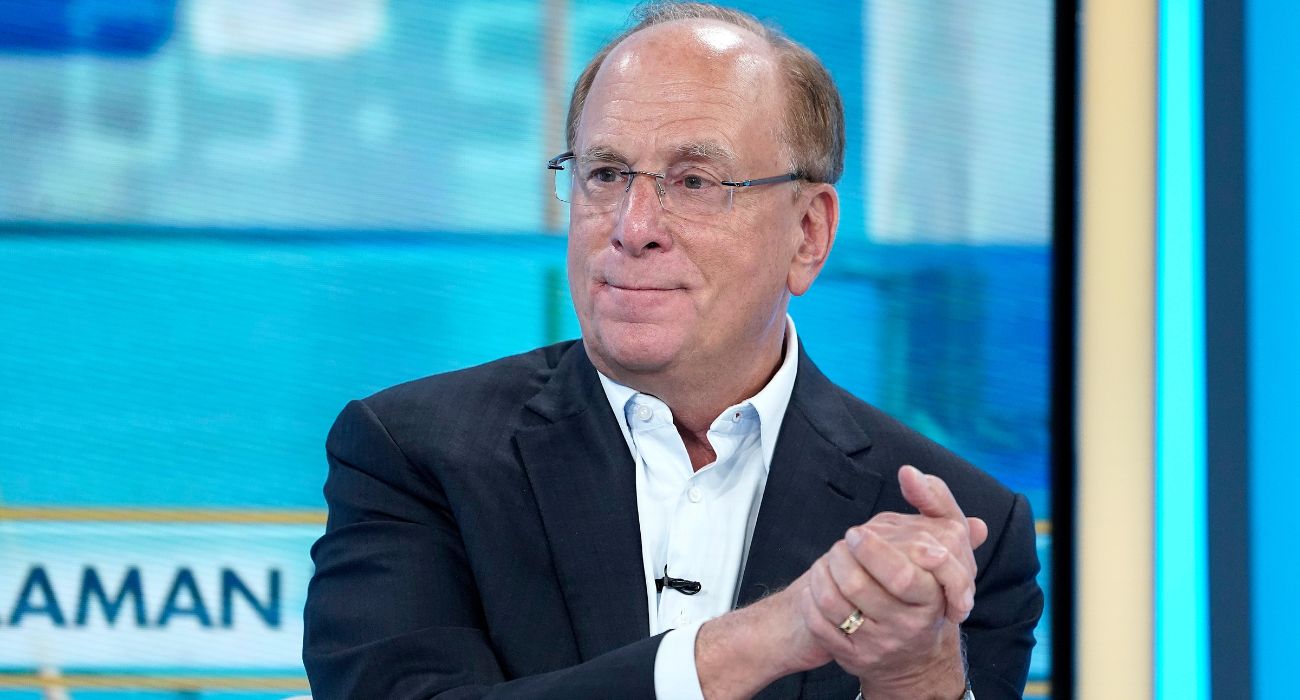U.S. consumers muddled through the harmful effects of inflation this year, leading to a nearly 8% boost in holiday sales.
U.S. retail sales excluding automotive increased 7.6% year-over-year this holiday season, from November 1 through December 24, according to a Mastercard SpendingPulse report released this week.
The New York-based financial services company had estimated that U.S. retail sales would rise 7.1% over this time period, 0.5% lower than actual results. The 2022 increase in holiday consumer spending was not as strong as the 8.5% reported in 2021.
Mastercard SpendingPulse measures in-store and online retail sales across all forms of payment and is not adjusted for inflation.
“This holiday retail season looked different than years past,” said Steve Sadove, the former CEO and chairman at Saks and a senior adviser for Mastercard.
“Retailers discounted heavily, but consumers diversified their holiday spending to accommodate rising prices and an appetite for experiences and festive gatherings post-pandemic.”
Demand for in-person dining experiences continued to show strong momentum in 2022, with restaurants experiencing the highest percentage of retail spending, up 15.1% year-over-year.
“From gatherings with co-workers to dinners out with friends and family, the festive season brought consumers out for the holidays,” Mastercard said in its report.
A breakdown of other categories found that apparel (+4.4%) and department store sales (+1%) each increased, while jewelry and electronics sales fell 5.3% and 5.4%, respectively.
Many retail shoppers turned to online platforms for their seasonal holiday purchases, according to the report’s key findings. Mastercard’s preliminary insights showed that online sales increased by 10.6%, while in-person spending rose by 6.8% compared to the same time in 2021.
“Consumers are trying to spread out their budget, and they are evaluating and shopping at different stores,” said Katie Thompson, the consultancy lead at Kearney’s Consumer Institute.
In total, e-commerce activity made up 21.6% of retail sales, which is up from 20.9% in 2021 and 20.6% in 2020.
“The channel continues to experience elevated growth as consumers prioritize convenience and availability of discounts,” the report said.
In typical fashion, in-person spending reigned supreme on Black Friday, increasing 12% year-over-year. However, overall retail spending has begun to show signs of slowing.
Retail sales fell 0.6% from October to November and amounted to $689.4 billion, according to the U.S. Census Bureau’s advance estimates of U.S. retail and food services sales for November 2022.
The 0.6% decrease in November’s retail sales numbers follows the sharp 1.3% increase reported in October, which had a revised value of $693.5 billion.
While inflation has eased from its four-decade high, many shoppers are still rattled by the sudden and rapid rise in prices this year. Since its 2022 peak, inflation has dropped from 9.1% in June to 7.1% in November.
“Inflation altered the way U.S. consumers approached their holiday shopping — from hunting for the best deals to making trade-offs that stretched gift-giving budgets,” said Michelle Meyer, the chief economist for North America at the Mastercard Economics Institute.
“Consumers and retailers navigated the season well,” she said, “displaying resilience amid increasing economic pressures.”






